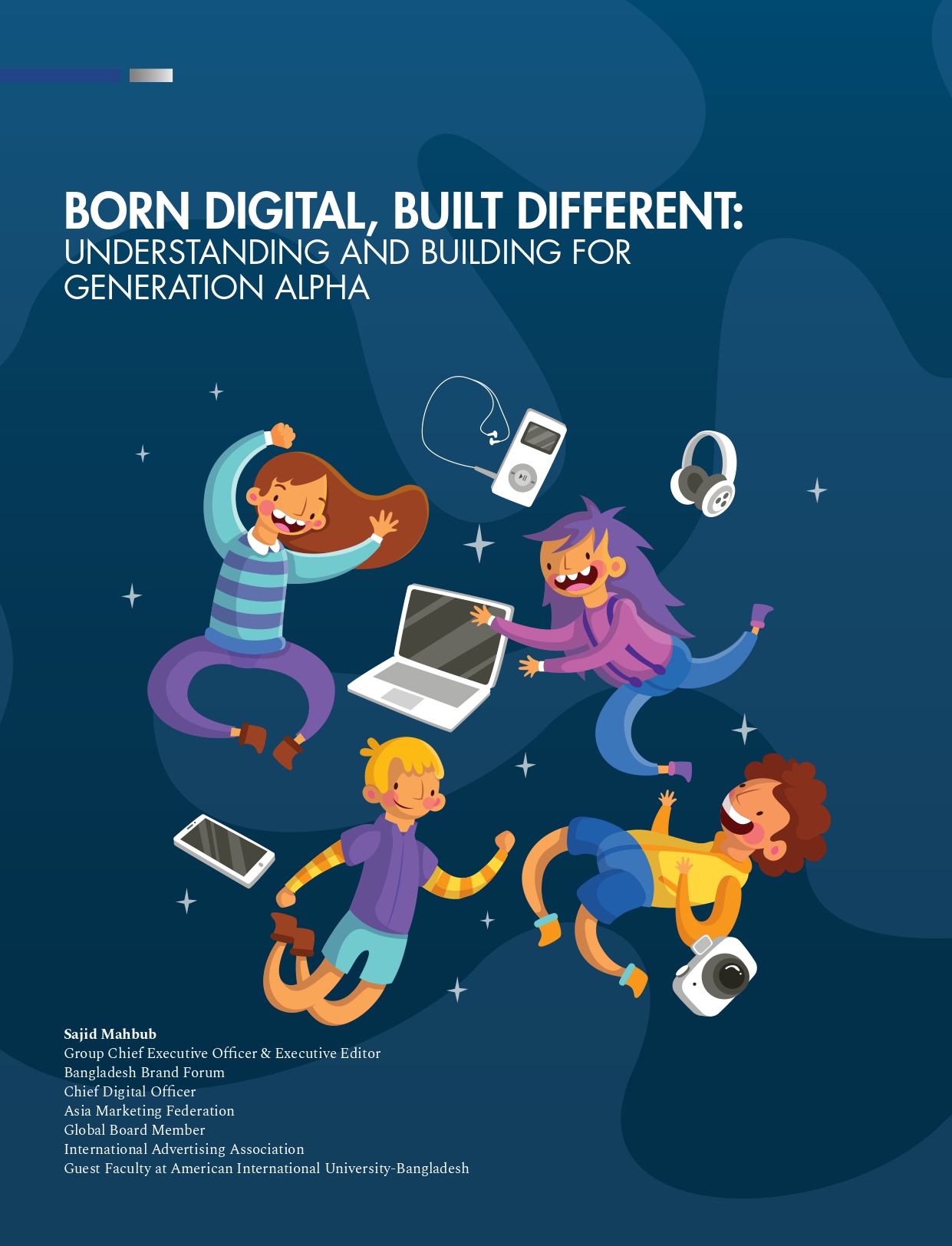What is a delta?
Our main source of water for drinking, agriculture, navigation, and industry are surface water and groundwater, which are accumulated through rainwater and snow. The first civilizations formed on the banks of rivers, since they were the source of water for drinking and irrigation, marine nutrition, hunting animals drinking from the river, and transportation. The most notable amongst these civilizations were the Egyptians, on the Nile, Mesopotamians on the Tigris, Chinese on the Yellow, and Indian on the Indus. These early civilizations began to form around the time of the Neolithic (agriculture) Revolution1 . Water is distributed unevenly throughout the world through sea, rivers, ponds, lakes, and underground aquafers. The early civilizations taking advantage of this unique asset were called hydraulic empires2 . It is obvious that in addition to navigation, inland waterways can be a resource for many other human services. The foremost being source for human sustainability.
What is a brand?
The purpose of “Brand Building” or “Branding” is to build something of consequence that has a value for humankind. This requires the entity to have social and global identity through making and ultimately keeping the promise resulting in trust8. Thus, it is beyond a trade mark or a symbol as conceived during the earlier scholars9. Branding pioneer Walter Landor’s states “products are made in the factory, but brands are created in the mind.” Thus, Brand is a fundamental entity in marketing and societal wellbeing10 . The concept of place branding according to Dolores is endogenous marketing development process, which integrates social, economic, environmental, and technological dimension of a society with the purpose of maximizing benefit among stakeholders11. The emergence of Nation Branding, coined by Simon Anholt, refers to “the systematic process of aligning the actions, behaviors, investments, innovations and communications of a country around a clear strategy for achieving a strengthened competitive identity12 .” The Anholt model is depicted in Figure 1 below. It is therefore evident that to be globally competitive, nations must rethink about their model and design nation branding strategies after assessing, culture/ nature, heritage/history, adventure/ sports, innovation/technology, trade/ commerce, education, and ultimately human wellbeing that other nations may not be able to offer…



